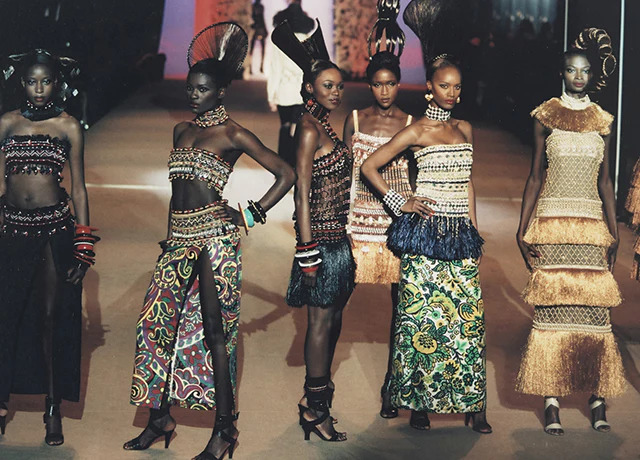Environmental Sustainability in the Fashion Industry

The fashion industry represents an important part of our economies, with a value of more than 2.5 trillion $USD and employing over 75 million people worldwide. The sector has seen spectacular growth over the past decades, as clothing production doubled between 2000 and 2014. While people bought 60% more garments in 2014 than in 2000, they only kept the clothes for half as long (McKinsey & Company, 2016).
While the fashion sector is booming, increasing attention has been brought to the impressive range of negative environmental impacts that the industry is responsible for. Fashion production makes up 10% of humanity’s carbon emissions, dries up water sources, and pollutes rivers and streams. What’s more, 85% of all textiles go to the dump each year (UNECE, 2018), and washing some types of clothes sends significant amount of microplastics into the ocean.
Fast fashion also has a human cost: textile workers, primarly women in developing countries, are often paid derisory wages and forced to work long hours in appalling conditions (UNEP, 2018; WRI, 2019). In many places, these conditions create infringements on human rights (Human Rights Watch). Use of chemicals in clothes production also raise serious health concerns, both for the workers in the industry and consumers. Additional impacts on health also arise from the pollution described previously.
The environmental and social cost of the fashion industry forces us to rethink fast fashion, and stresses the need for more sustainable business models and practices. Resources hereunder provide additional information on the environmental impacts of fashion, and potential pathways for change.
After the Second World War, the development of synthetic textiles, such as polyester and nylon, transformed the fashion industry. From only a few thousand tonnes in 1940, global consumption of synthetic fibres rose to more than 60 million tonnes in 2018. Since the late 1990s, polyester is the most commonly used fibre in textiles. Today, an estimated 60% of clothing and 70 % of household textiles are made of synthetic fibres.
These plastic-based textiles have a significant impact on the environment and climate throughout their life cycle due to emissions of greenhouse gases and pollutants. The textile sector is a growing contributor to the climate crisis, with about 1% of crude oil production used to produce synthetic fibres. The sector is also an important source of plastic leakage into the environment. With between 200 000 and 500 000 tonnes of microplastics from textiles enter the marine environment each year, the textile industry amount for 35% of microplastics pollution in the ocean.
Consideration of the textile sector will thus be important for tackling the ongoing plastic crisis. Plastic pollution is one of the major environmental crises of our times, and efforts from various actors are underway to address it. This includes negotiations towards an international legally-binding agreement on plastic pollution, initiated by the resolution adopted at the UN Environment Assembly in March 2022. Learn more about the plastic pollution crisis, governance processes to address it and the work of Geneva-based organizations on the matter in our Plastics and the Environment series.
As fashion value chains are globalized and the industry has a significant impact on the achievement of the UN Sustainable Development Goals (SDGs), international cooperation is important to foster sustainable fashion.
Launched at the fourth UN Environment Assembly (UNEA-4), the UN Alliance for Sustainable Fashion is seeking to halt the environmentally and socially destructive practices of fashion. The Alliance is improving collaboration among UN agencies by analyzing their efforts in making fashion sustainable, identifying solutions and gaps in their actions, and presenting these findings to governments to trigger policy. Additionally, the Forests for Fashion Initiative, led by UNECE, FAO, and partners, supports innovative solutions in fashion through sustainable forests-based materials. Several other international organizations are working on global efforts to foster more sustainable fashion. Additional information on these initiatives can be found in the links below.





